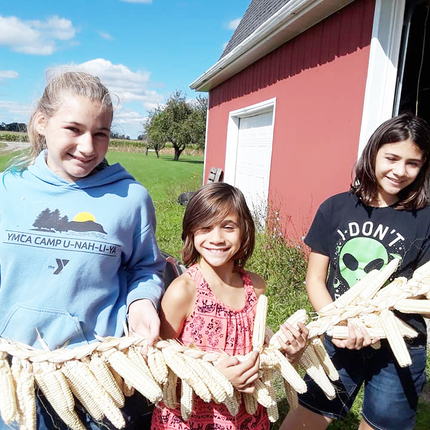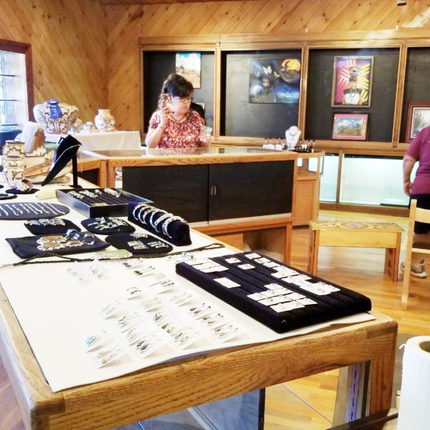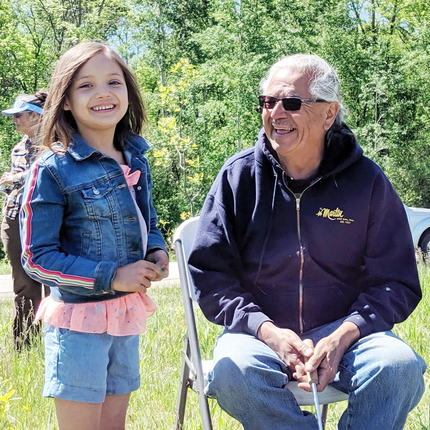By Justin Carter, former staff member
What do we think of when we say cooperative? Is it the farmers’ co-op down the road, combining grains to sell? Is it a nearby co-op grocer with customer members? Is it a large company, maybe Land O’Lakes or Ocean Spray?
The truth is that cooperatives come in all forms, and there is no better way to learn about these diverse enterprises than from Native American cultures of North America.
Cooperatives present many benefits for business owners: the distribution of risk among members to ensure resiliency, the sharing of resources, and a democratic business environment ensuring owners have a voice. One might say the values involved are more societal than business.
In many ways, these values are the foundation of how Native American societies function: as singular communities in which members take care of one another. Today, many Native Americans are transferring these values to their businesses.
In 2021, the Center for Rural Affairs offered an online series of Native Cooperative workshops, taught by Pamela Standing of the Minnesota Indigenous Business Alliance (MNIBA). “Models of Native Cooperative Ownership” presented on 11 enterprises with unique stories.
Some are more structured, such as Ancestral Rich Treasures of Zuni (ARTZ), a cooperative of 32 artists who operate their own retail store where they ensure artists receive the full monetary value for their art.
Some are smaller and operated by families. Ohe·láku, or Among the Cornstalks, is made up of 15 families and grows traditional corn that is divided among members based on the number of hours they invest.
Others focus on education, prioritizing the future of their food and people. Dream of Wild Health is a seed-keeping cooperative with youth food system programs for all ages.
What they all have in common is a strong sense of community, protecting their cultures, traditions, and foodways. However, cooperatives have their share of challenges, often requiring a level of trust between members and owners not seen in other businesses. Once trust is established, members collaborate in ways that benefit the entire business.
“The cooperative highlights everybody’s strengths and makes it so we cover each other’s weaknesses,” said Kandis Quam of ARTZ.
Cooperatives also can serve as community hubs, providing space to train others, and establishing networks where community members care for each other.
“We can create these things in our communities, designed by our own culture, language, and lifeways to help our community grow strong,” Pamela said.
You can view the entire series on the Center’s YouTube page, youtube.com/c/cfraorg.
Top photo: Ohe-láku, or Among the Cornstalks, located in Oneida, Wisconsin, was started because members of the community wanted to be more self-sufficient. Fifteen families grow corn together, like their ancestors. | Photos submitted
Middle photo: Ancestral Rich Treasures of Zuni (ARTZ) is the only Pueblo artist-owned and operated cooperative in New Mexico. Once accepted into the cooperative, artists can sell their work in a volunteer-operated gallery.
Bottom photo: Members of Ohe-láku, or Among the Cornstalks, say the corn they grow has very little to do with the corn. “It has everything to do with the spiritual connection to the food and rebuilding our community in Oneida.”







